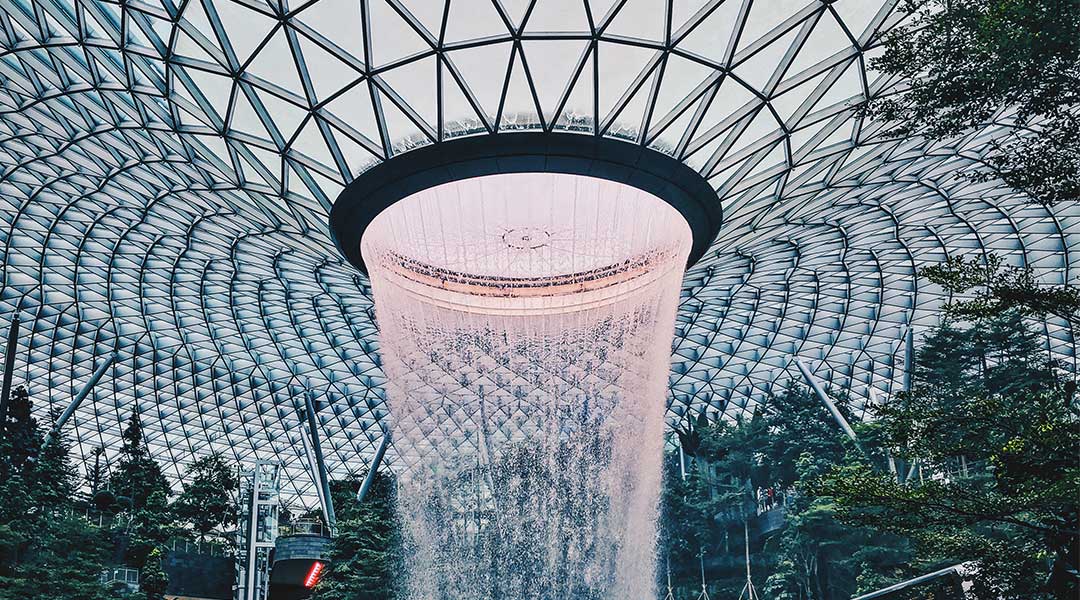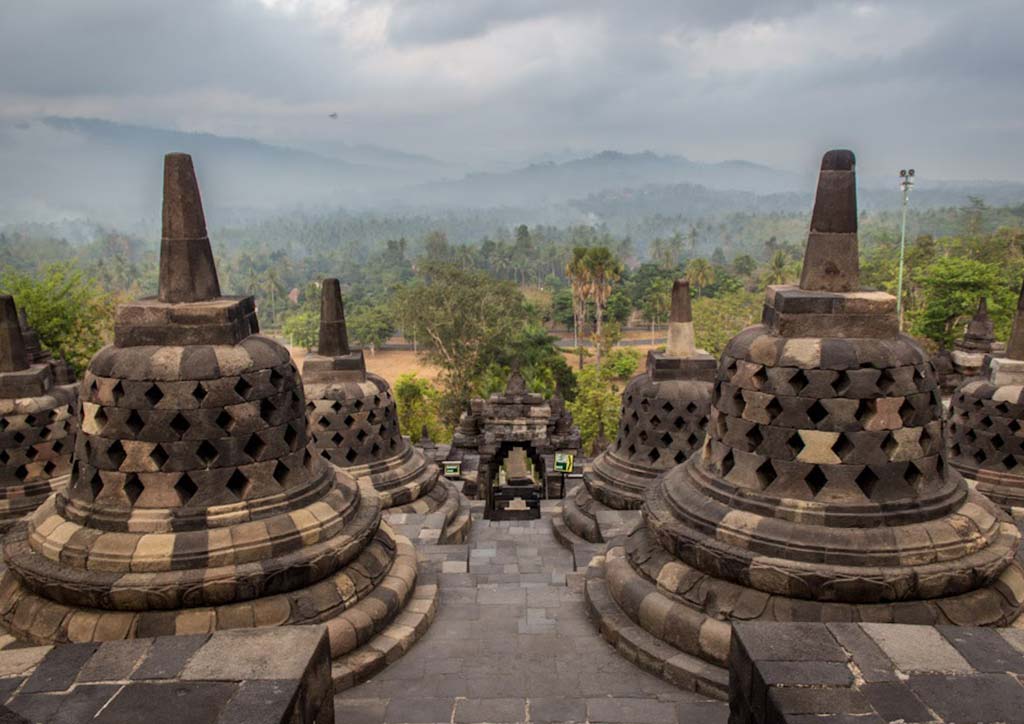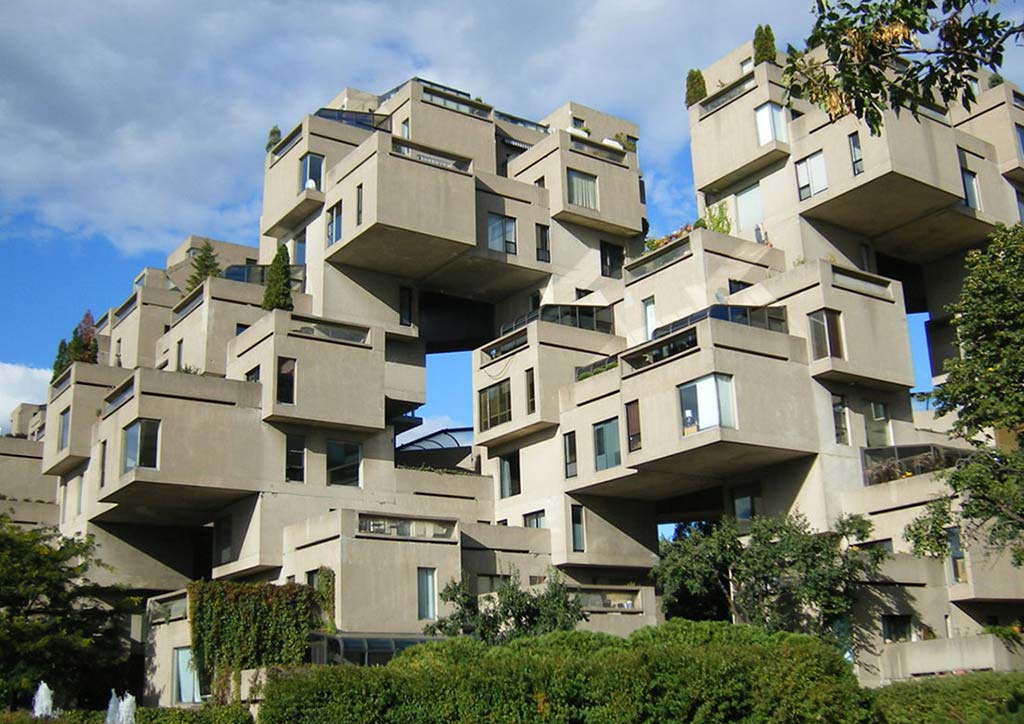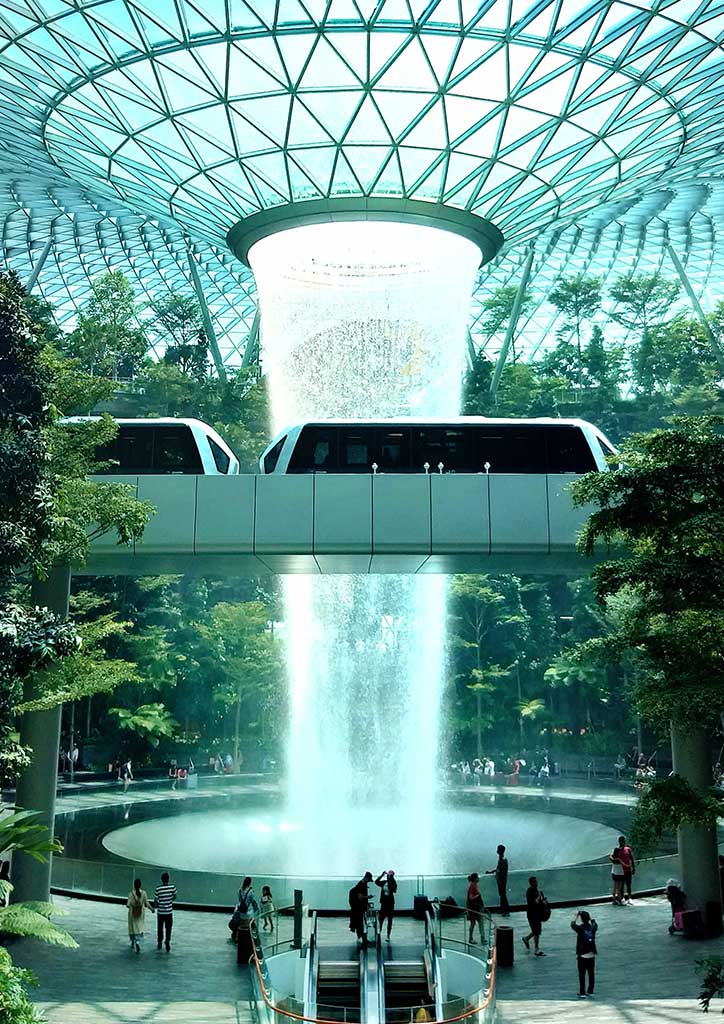
Ever since the ancient period, humanity has been creating structures that astound us even until today.
From the Pyramids at Giza to the Roman Colosseum, earth is dotted with these megastructures that mark the history of powerful civilizations and showcase the immense talents humans have. Southeast Asia in particular has the Borobudur in Indonesia’s Java island. Seated in the Guiness Book of World Records for being the world’s largest Buddhist archeological site, the Borobudur holds almost 2,700 relief panels and 504 Buddha statues. Apparently, it took almost 75 years to complete this site.

Even back then, ancient civilizations already had such structures that would wow onlookers. The 1960s and 1970s was a particular period in time where architecture and community planning took to new heights that bordered on astronomically strange and almost impossible. In this time, the megastructures envisioned by architects were heavily inspired by a utopian future where public spaces were spacious and transportation was conveniently linked to each other.
READ MORE: Personalization and Balance in Design: Ghibli Edition
Though some of these structures were quite imaginative, the creation of megastructures is not an impossible task. Concept-wise, megastructures were popular across the globe even though few of these originally immense plans were actually completed. One great example is Moshe Safdie’s stacked-block Habitat 67 housing complex in Montreal. Though it was built in 1976, the completed structure was at a scale that was immensely reduced from the original plan. Like every sudden trend, the idea of megastructures eventually died down until science fiction stories like Star Wars brought it back to life.

In late English architectural critic Reyner Banham’s 1976 survey “Megastructure: Urban Futures of the Recent Past”, he quotes Swiss architect Justus Dahinden.
“Many megastructuralists saw their task as being the proposal of ‘urban structures for the future’ — as the Swiss architect Justus Dahinden named them — in which a modern, high-technology society could construct its own equivalent of spontaneous group form,”
READ MORE: Volcanic Ash in Structures: Then and Now
The 60’s obsession with futuristic megastructures and cities can make one recall Steven Spielbeg’s Back to the Future trilogy. Looking back, the vision for 2012 certainly was a lofty view of how society and its cities would be like. Though we didn’t (and have yet to) have flying cars, our societal reality of the 21st century was already standing at the front door leading into a more technologically advanced community. In Asia alone, structures like these were rampant now in Singapore–what’s practically known as the mecca for architectural advancement.
The Changi Airport itself (famous for its indoor waterfall, forest, and glass bottomed bridge) is already enough of an impressive example of just how far singapore has come to building megastructures.

In hindsight, our own country has yet to create more megastructures like this but so far, we do have some notable structures that warrant attention. These include the Philippine Arena, the world’s biggest indoor arena built with record-breaking speed (apparently one of the world’s fastest timelines), and currently one of the top five earthquake-resistant megastructures in the world.
Though building more megastructures that are still eco-friendly and humanistic in our country might take a little while, history itself proves that building such strikingly beautiful and colossal structures is not even short of impossible.
READ MORE: Anthology Festival 2021: Adapting Architecture that Brings us Together in a Time of Separation


